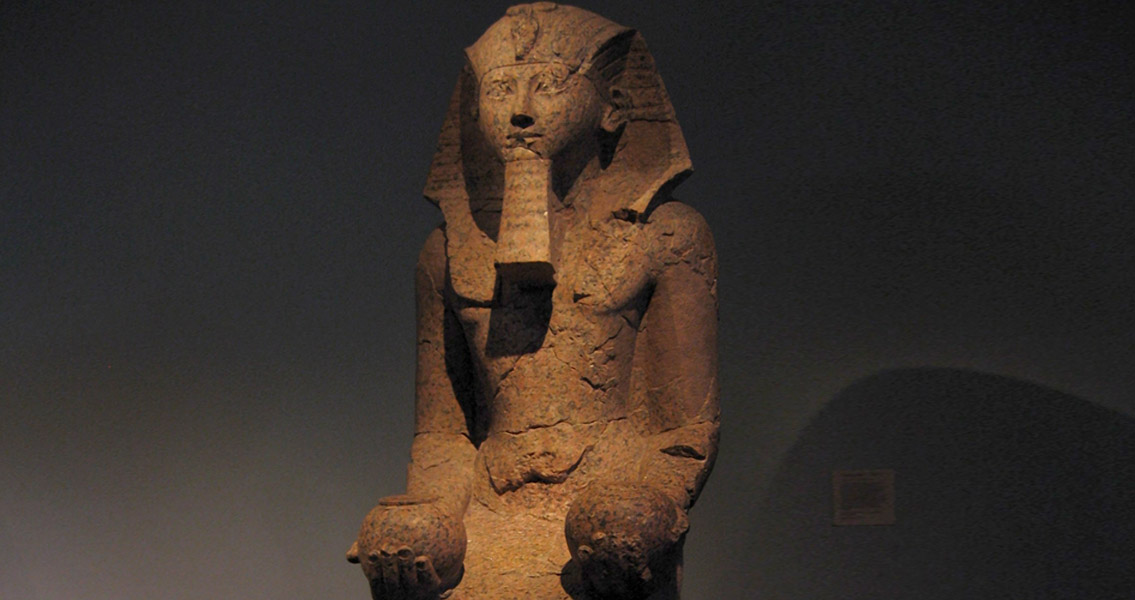<![CDATA[Egypt’s Ministry of Antiquities has announced that stone blocks depicting the Ancient Egyptian Queen Hatshepsut were recently discovered on Elephantine Island, giving researchers new insight into the first years of her reign. On several blocks Queen Hatshepsut is shown as a woman, which suggests the blocks and the building they’re from were created within the early years of Queen Hatshepsut's reign as the first female pharaoh, between 1473 BCE and 1458 BCE. In the later years of her reign depictions of the Queen showed her as a male. All mentions of the Queen were obliterated and any monuments showing her likeness were defaced following her death, and her feminine figure was traded for images of a male pharaoh using her deceased husband’s - Thutmose II - likeness. Many experts believe that her stepson/nephew and co-ruler -Thutmose III -=- ordered the changes made. Officially, she was to co-rule with Thutmose III, who became pharaoh a year prior as a two-year-old child. Hatshepsut was the primary wife of Thutmose II, the boy’s father. Hatshepsut reigned far longer than any other woman in an Egyptian dynasty. She is also referred to as one of the first great women in history. It was very unusual for a female to become a pharaoh in ancient Egypt during the dynastic period from 3000 BCE until 332 BCE, and only two or three women ever managed to obtain the role. It was far more typical for women to wield power within the role of a male king's “great wife”. Aside from being a queen, Hatshepsut was also a builder. She’s been described as one of the most prolific builders during one of Egypt’s greatest dynasties. During her rule, Hatshepsut built and renovated numerous shrines and temples to the gods. In fact, the recently discovered stone blocks were likely part of an unknown structure of Queen Hatshepsut which was discovered earlier this year by a team from the German Archaeological Institute, according to a statement published on Facebook by Mahmoud Afify with the Ministry of Antiquities’ Ancient Egyptian Antiquities Sector. Additionally, researchers from the Swiss Institute uncovered stone blocks which may be from the same structure during previous excavations at the site. It’s possible the building acted as a way station for god Khnum’s festival, barque. “Barques,” or sacred boats in ancient Egypt, were used to carry the dead into the afterlife. According to the same statement by the Ministry of Antiquities, based on discoveries to date the building was constructed as a chamber for Khnum’s sacred boat and is surrounded on all four sides by pillars. Engravings on the pillars were depictions of several different versions of the god Khnun in addition to other deities as well, for example Imi-peref (he-who-is-in-his-house), Min-Amun of Nubia, and Nebet-Menit (lady-of-the-mooring-post). These depictions add to what is already known of Queen Hatshepsut as well as the religious beliefs on the Island of Elphantine during her reign. ]]>
Picture This – A Female Egyptian Pharaoh
